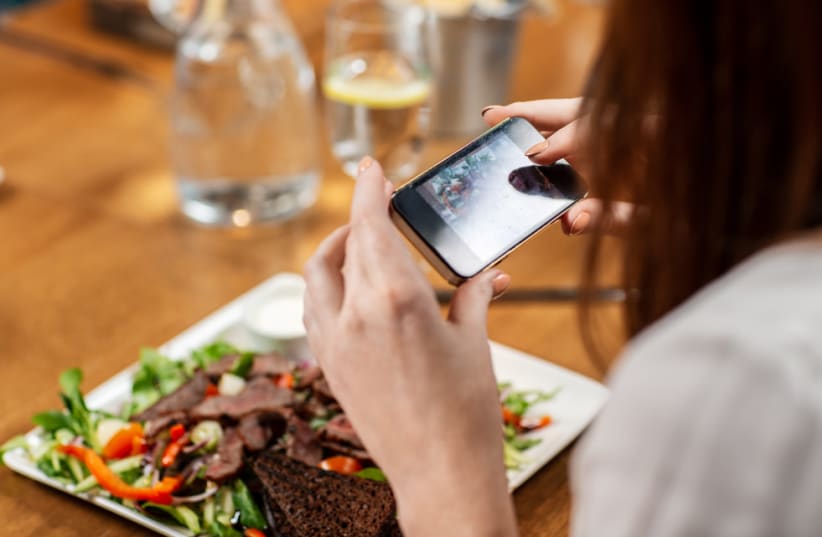Promoted by culinary competitions like Master Chef on TV, many food fans are taking pictures of dishes that they have prepared to become famous or just to show off.
Now, researchers at Curtin University in Australia have found that taking pictures of food isn’t just content for our social media feeds, but could be the key to improving people’s diets.Published in the prestigious American Journal of Clinical Nutrition under the title “Accuracy of energy and nutrient intake estimation versus observed intake using four technology-assisted dietary assessment methods: a randomized crossover feeding study,” the study required the researchers to measure the weight of meals, which were then provided to participants over a day for breakfast, lunch, and dinner.
Surveillance of what people eat provides vital data on nutrients to inform public health nutrition policy and programs, they wrote. “The 24-hour dietary recall is currently the most commonly used method in population surveillance because it involves less bias than other dietary assessment methods feasible for large-scale studies.
However, a new method asks participants to take photos of their meals using the mobile Food Record app, and then a research dietitian analyzes the photos.
In a controlled feeding study with a crossover design, 152 participants (55% women; mean age 32 years, mean body mass index 26 kg/m2) were randomized to one of three separate feeding days to consume breakfast, lunch, and dinner, with an unobtrusive method of weighing of foods and beverages consumed.
Findings of the study
The study found the accuracy of the nutritional intake was far higher for the group that had taken photos of what they ate, compared to participants who were asked to remember what they had eaten.
First author and doctoral candidate Clare Whitton said this was the largest feeding study ever to use the mobile Food Record app and that the findings could have a big impact on how we capture what the population is eating.
“Accurate, reliable data about what the population is eating is key to supporting people to optimize their health,” Whitton said. “People can struggle to remember what they have eaten, but this study shows dietary assessment can be accurate, particularly when you take the burden away from the person when you ask them to take a photo of what they ate.”The team is collaborating with Purdue University in the US to use artificial intelligence to analyze the foods in the photos automatically.
Study leader and mobile Food Record App co-creator Prof. Deborah Kerr said this was an exciting development in getting the bigger picture of what people are eating. “It makes it a lot simpler for people to track what they consume when they only have to take photos for the day,” Kerr noted.
“This will become even easier as we start to fully automate the analysis of the foods in the photos. With advances in AI technology, this may be just around the corner. As technology advances, it could provide an avenue to not only better capture what populations are eating but also offer more accurate dietary advice for individuals looking to eat healthier.”